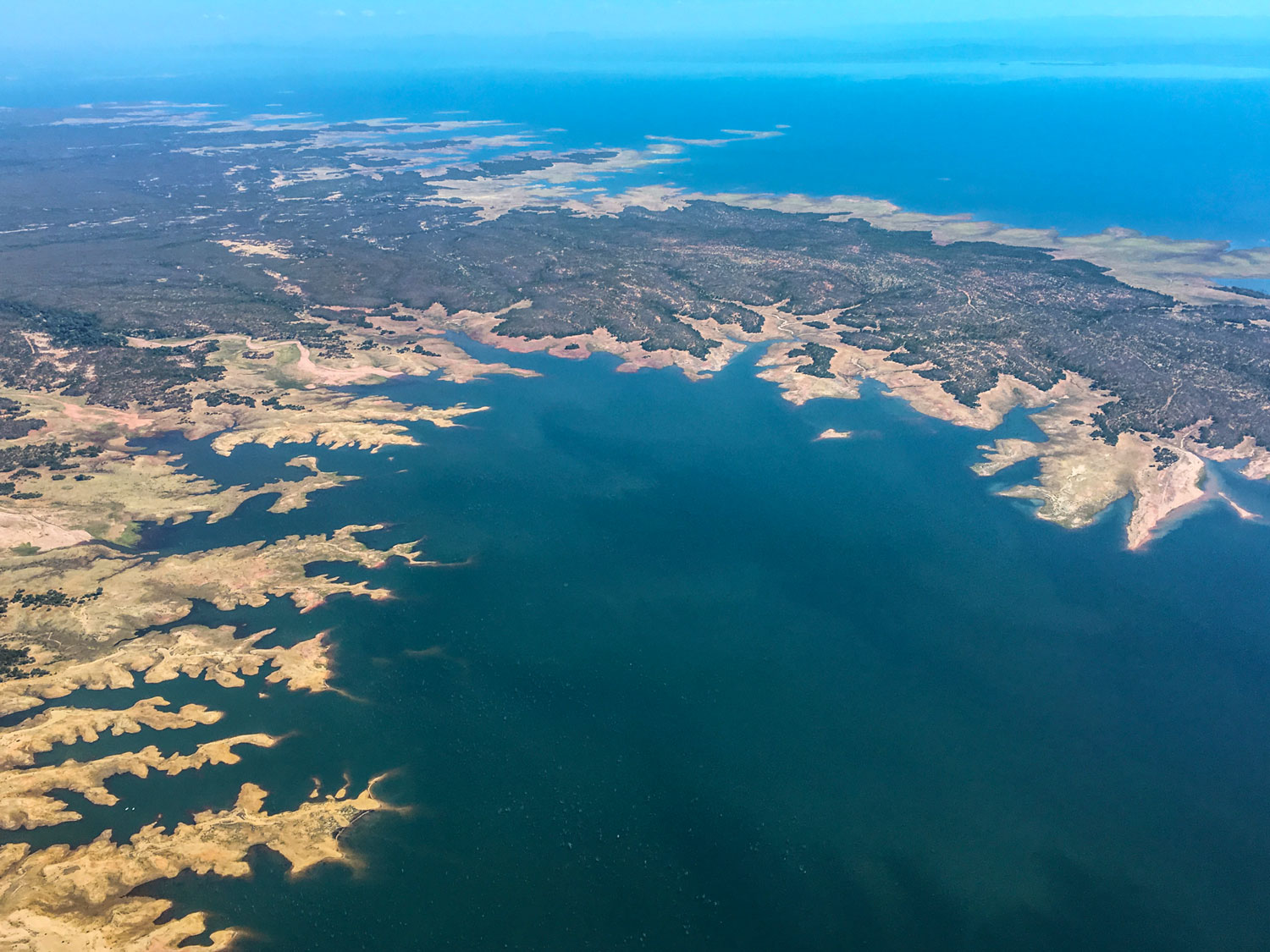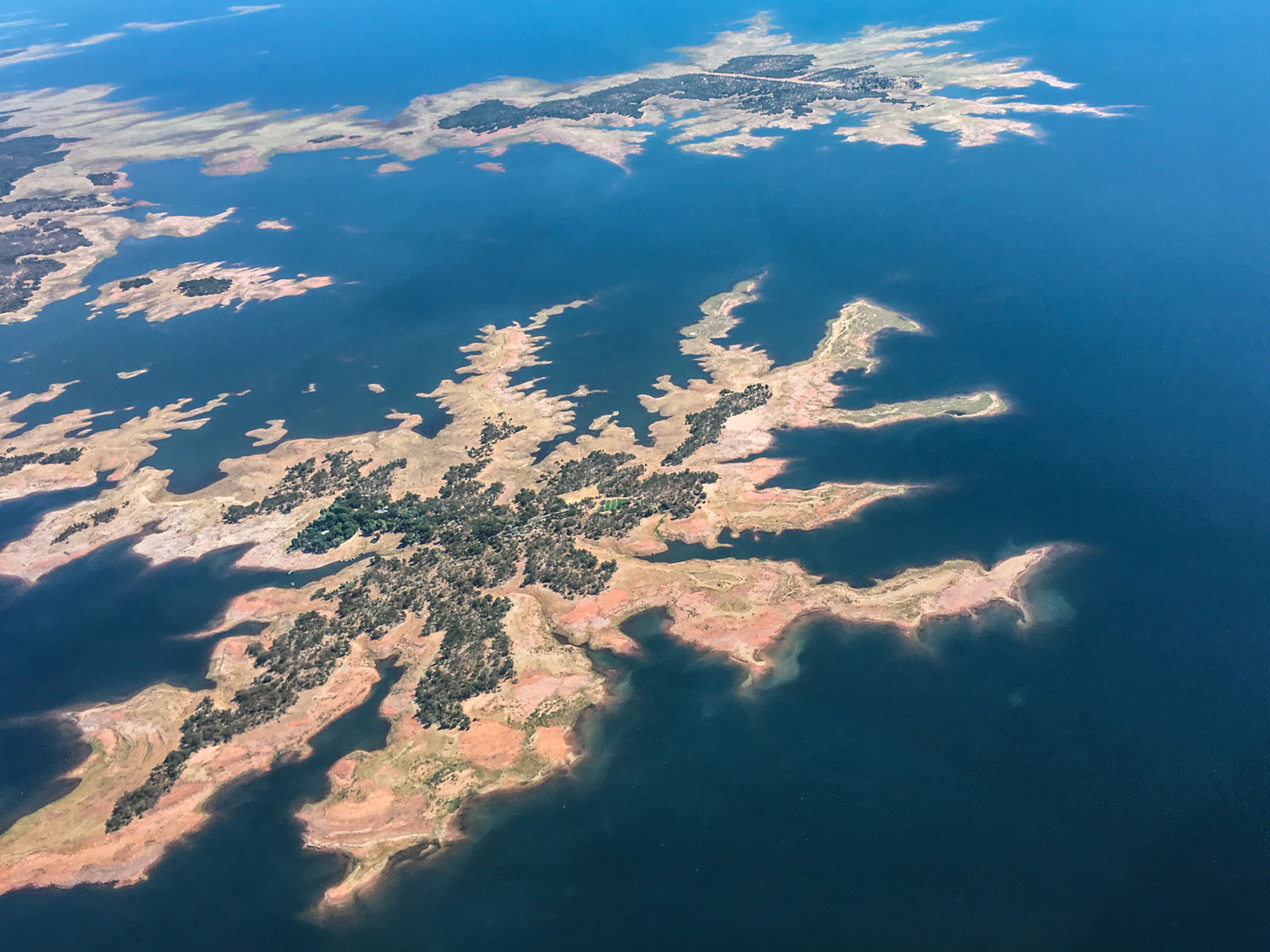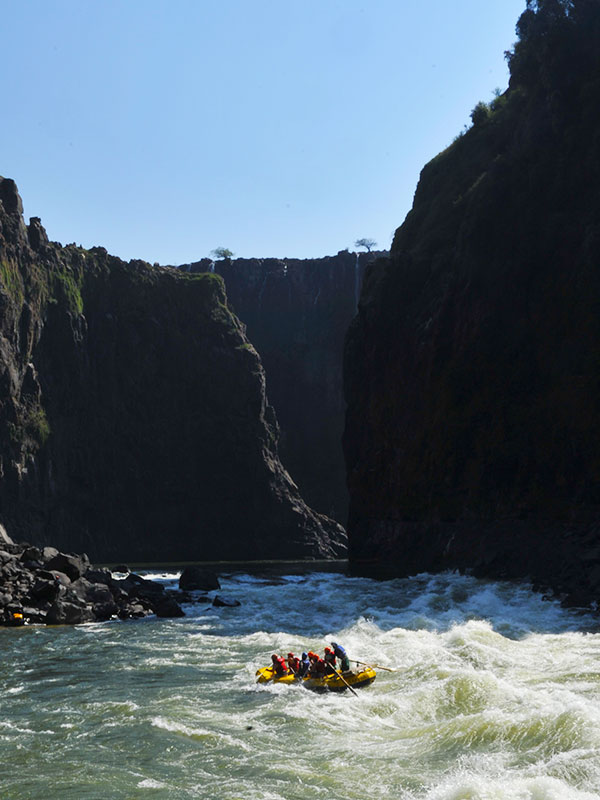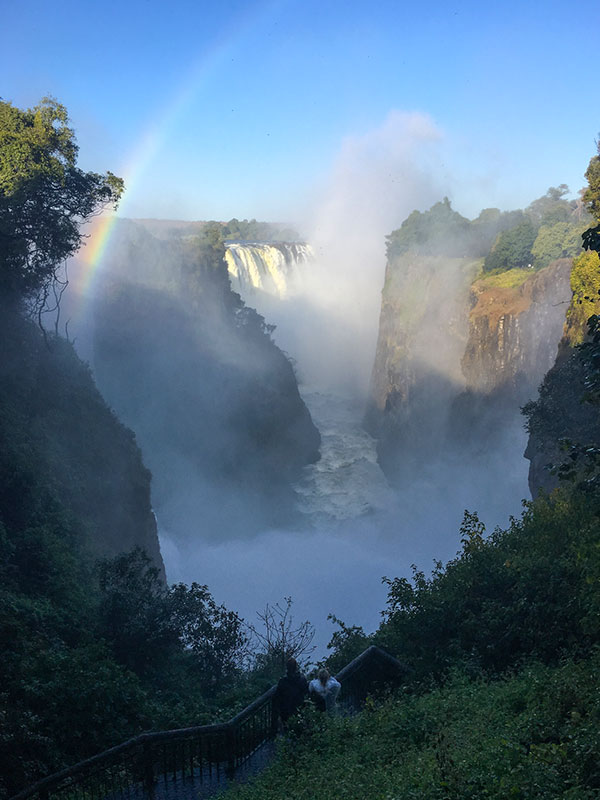A RIVER DAMNED: CHOKING THE ZAMBEZI RIVER
In December 1958, for the first time in living memory, the free flow of southern Africa’s mighty Zambezi River ceased. This was not the result of drought or any other climatic catastrophe – this was the hand of man.
At the time the construction of the Kariba dam hydroelectric system between Zimbabwe and Zambia was celebrated as a modern marvel. Being the largest man-made dam of all time, the environmental impact was unprecedented. About 6000 animals, including elephants, antelopes, rhinos, lions, leopards, zebras, warthogs, birds and snakes, were relocated in ‘Operation Noah’, a wildlife rescue operation that lasted over five years. Many of these animals were stranded on virgin islands that had been created as the waters rose and the majority were moved to Matusadona National Park on the southern shore of the new dam. Their previous domains were no more.

Arguably worse off were the human inhabitants of the affected section of the Zambezi valley. More than 57,000 Batonga people on both sides of the river were moved from their ancestral lands to settlements on higher ground. Many were violently opposed to their forced relocation.
They believed the damming of the Zambezi would anger the river spirit. According to Tonga legend, the serpent-like god Nyaminyami lived in the river gorge with his wife, but the building of the dam wall separated god from goddess. As such the floods that hampered the construction of the dam wall, and the subsequent deaths that occurred, were attributed to Nyaminyami’s wrath. But dammed the Zambezi eventually was.
We might be forgiven for interpreting the construction of Kariba as a marvel of the time. Back then the world seemed swept along by the tide of ‘progress’. The relocation of wildlife and people, in many circles regarded as miraculous for its sheer scale, plus the electricity the dam provided were considered a boon for this undeveloped part of the world.

It was no surprise, then, that the Zambezi River was dammed again in the 70s, when the Cahora Bassa hydroelectric system was constructed downstream of Kariba between Mozambique and Zambia, marginalising even more people and wildlife. By then the environmental and community impact of Kariba was not only being felt locally but also far downstream, and Cahora Bassa intensified problems by decimating one of the most diverse wetland ecosystems in Africa and affecting the living of hundreds of thousands of people through loss of fisheries and agriculture. Notably, one of the Zambezi’s main tributaries, the Kafue River, was also dammed for hydroelectricity in the early 70s.
Fast forward a few decades and our sense of progress has arguably shifted. Our technology certainly has, with the advent of solar and wind power; coupled with a global sense of environmental responsibility, these should be deemed the best option for our electrified future. But still, people are planning to dam a river again for electricity.
This time they will choke the belly of Nyaminyami at the Batoka gorge, 49 kilometers downstream of Mosi-oa-Tunya – “The Smoke that Thunders”. Otherwise known as Victoria Falls, Mosi-oa-Tunya is the single most visited tourist attraction in the region by far. People from all over the world visit on their way to and from the national parks and game reserves of Botswana, Namibia, Zambia and Zimbabwe – not just to gasp at this wonder of the natural world, but also to ride the rapids that cascade downstream in what is one of the premier white water rafting destinations on Earth.
As seasoned journalist Tony Weaver points out, the Full Supply Level of the dam once constructed will reach just 52 meters below the base of the falls. Those rapids will disappear. The natural habitat of the gorge will be drowned. Who knows what the long-term effects on the ecology further downstream will be? The only certainty is that Nyaminyami, the Zambezi river god, is being choked to death.
[Photos: Anton Crone]













